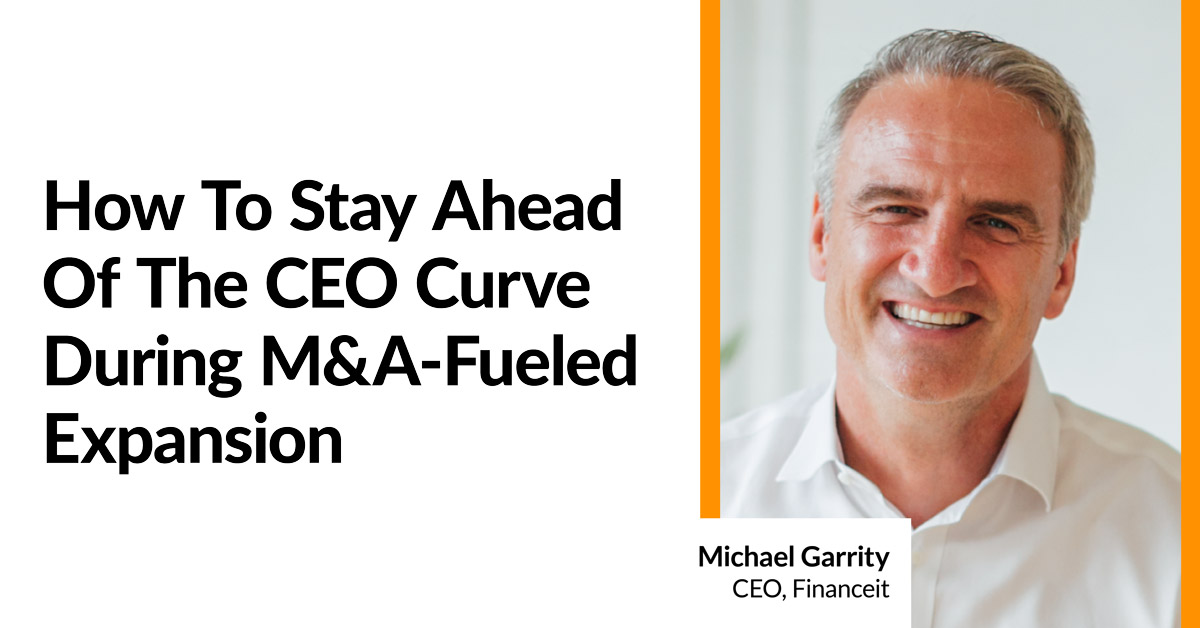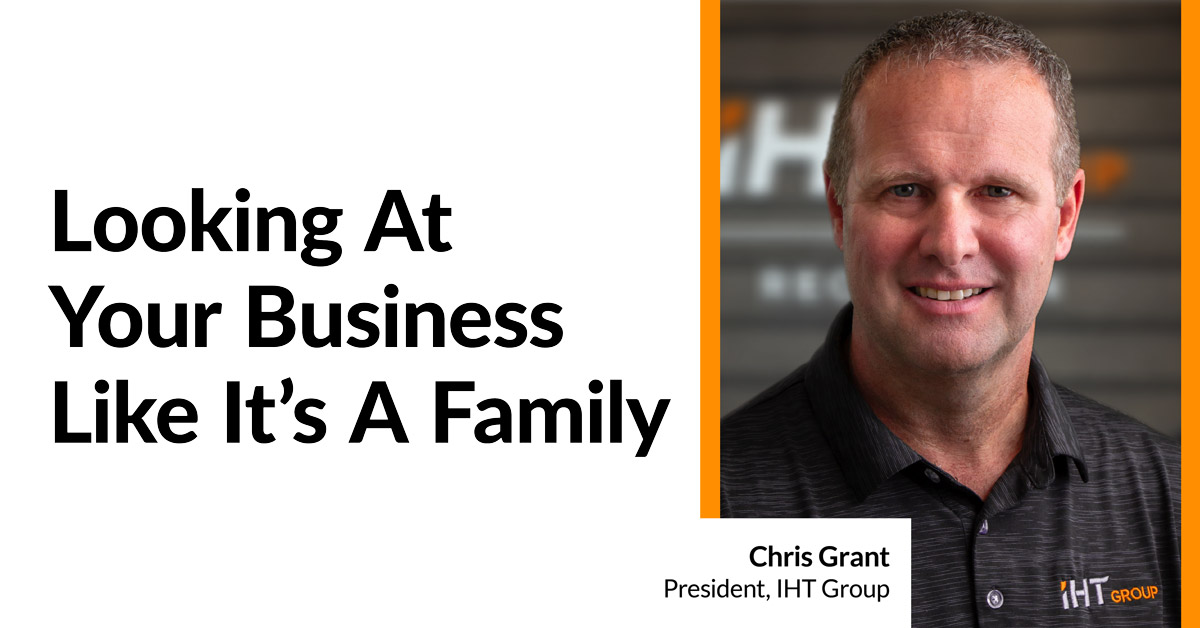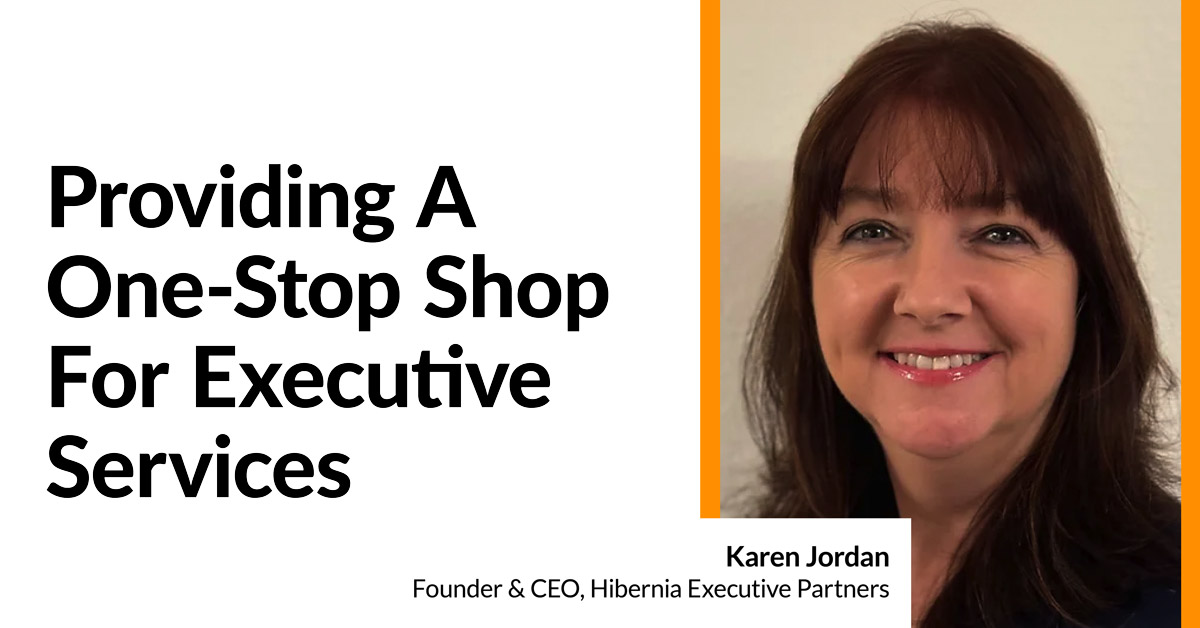How To Stay Ahead Of The CEO Curve During M&A-Fueled Expansion
Stefan Palios

Just as startups need to mature in terms of go-to-market, sales, and product, CEOs need to evolve as well, particularly as the company goes through rapid M&A-fueled change. This is a challenge Michael Garrity experienced multiple times as Financeit has both been acquired and been the acquirer.
Key takeaways:
- As a leader, it’s your job to continually evolve alongside your company and should be a daily commitment.
- Ask for regular feedback on where others in the company see you adding the most value and what you should stop doing that isn’t providing value.
- Growth isn’t just professional development; keeping your mind sharp through personal hobbies can also help significantly.
Enjoy,
Mark
A startup permanently changes after an M&A transaction. As a leader, that means you need to change as well. Michael Garrity has experienced it multiple times as co-founder and CEO of renovation-financing platform Financeit. Since its founding in 2013, Michael has been part of multiple fundraising rounds and acquisitions, both as the seller and the buyer—the most well-known of which was buying an entire business unit from TD Bank.
Speaking with BTF, Michael shared more about how he stays ahead of the curve to grow into the CEO that Financeit needs at each stage of its growth.
Finding the hats that fit
Michael has been CEO since he co-founded Financeit in 2011, navigating the company through product-market fit and scaling to tackle the $70 billion annual Canadian home renovation market.
During those early days, Michael said he did what most founders do: wore many hats and did a little bit of everything. As the company continued to scale—and as it went through its first major fundraising round led by Goldman Sachs in 2015—he knew he would need to evolve as a CEO if he wanted to hold onto that title. Looking back, he explained that it works in roughly three phases: zero to one, one to 10, and 10 to 100. But when it comes to his professional development, he learned he had to think more strategically about the hats he wears.
“You wear multiple hats in the beginning and there's a whole bunch of hats that are ill-fitting and you don't like the look of, but it doesn't matter because there's nobody else to give the hat to,” said Michael. “As you are lucky enough to get bigger, you have this amazing opportunity to give away the hats you don't like or the hats that don't fit very well on your head.”
Ruthless interrogation
Growing as a CEO starts with the self-awareness to know you can’t (and shouldn’t) take on everything. But then two new problems emerge: the first is how to hire great people and the second is figuring out your own place in the organization.
For Michael, that has meant his job evolved from doing a bit of everything to focusing exclusively on “alignment” functions. The way he describes it, his job is to ensure a broader strategy is built and distilled down to every leader so they can execute.
Identifying “alignment” as his focus area was the result of a few different activities, both in his business and personal life. The first is continually reassessing his place in the company. It starts, he said, by asking colleagues three questions on a regular basis and collecting feedback from the answers:
- Where do you see me fitting in?
- What can I do better?
- What should I stop doing because it’s unhelpful to where we’re trying to get as a company?
“It’s a ruthless interrogation of the people you're surrounding yourself with to try to figure out the best way for you to be helpful to the company's growth and success,” said Michael.
The second is to learn from outside the company, specifically from peers in the industry. To accomplish this, Michael joined a mastermind group of other CEOs of non-competitive companies. He’s also a member of the Canadian Council of Innovators, an advocacy group for high-growth Canadian tech companies, and serves on the board of the Canadian Lenders Association, a community of payment, lending and insurance providers..
The third way Michael grows is to keep his mind sharp personally. For him, that meant becoming a certified personal trainer and learning Spanish in order to flex his body and brain in different ways.
These three tactics are all driven by a single goal: “I am constantly aiming to just be better for the benefit of everyone around me and myself.”
The evolving CEO
Financeit has grown significantly since 2011 and Michael said the company is on track to originate $2 billion of renovation loans in 2023. But even if they reach this milestone, it’s still only a relatively small slice of a $70 billion market.
To grow further, the company needs to look at more complex problems. For example, expanding beyond single use cases, like someone replacing a furnace, and into multi-year, multi-contractor projects guided by a homeowner or general contractor.
A solution to that complexity is what Michael believes will help Financeit make a huge dent in the marketplace. And as the company works on its capacity, Michael will be continuing to work on his own capacity as a leader.
“Getting better is a daily commitment,” said Michael.
BACK










